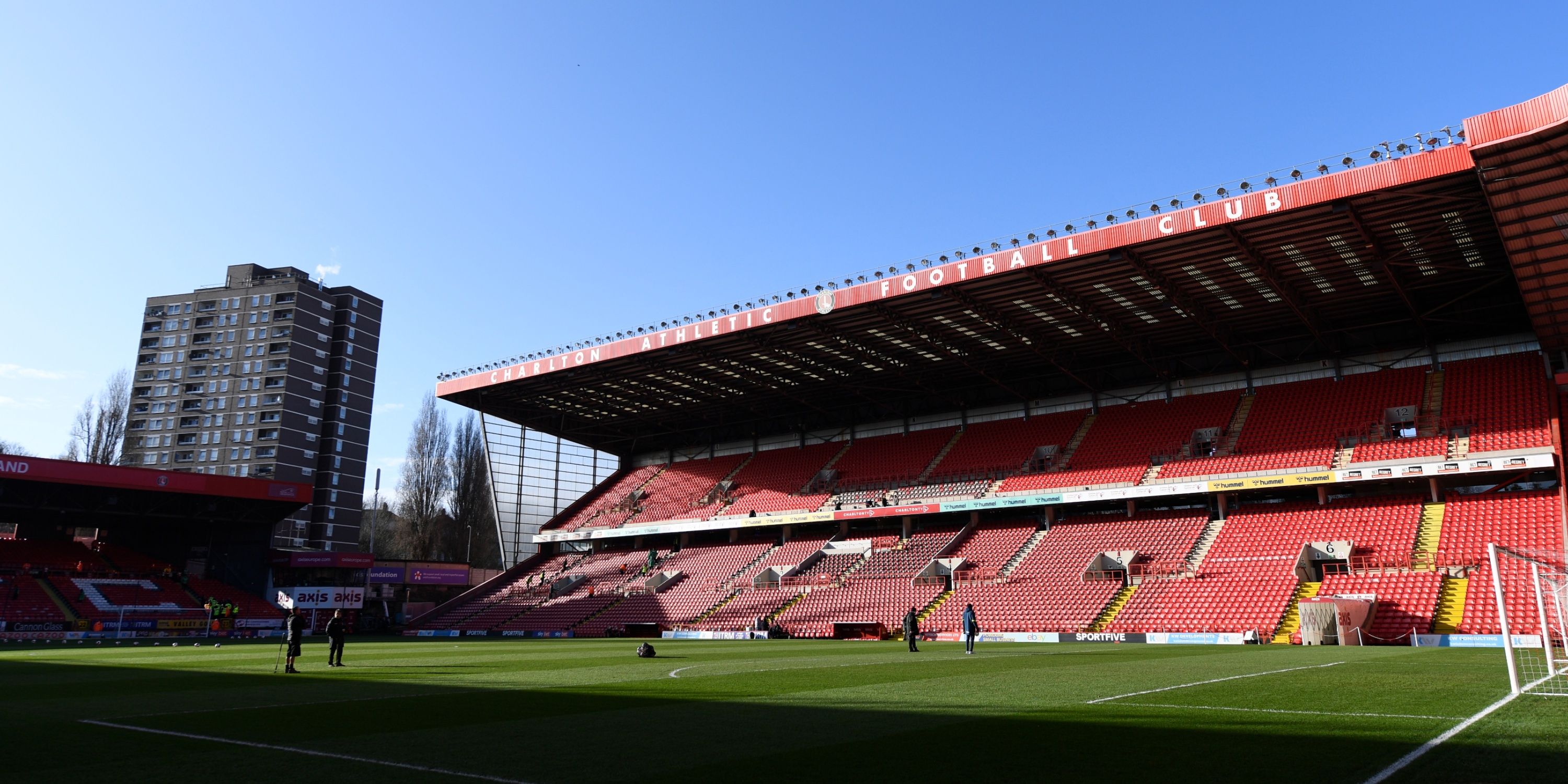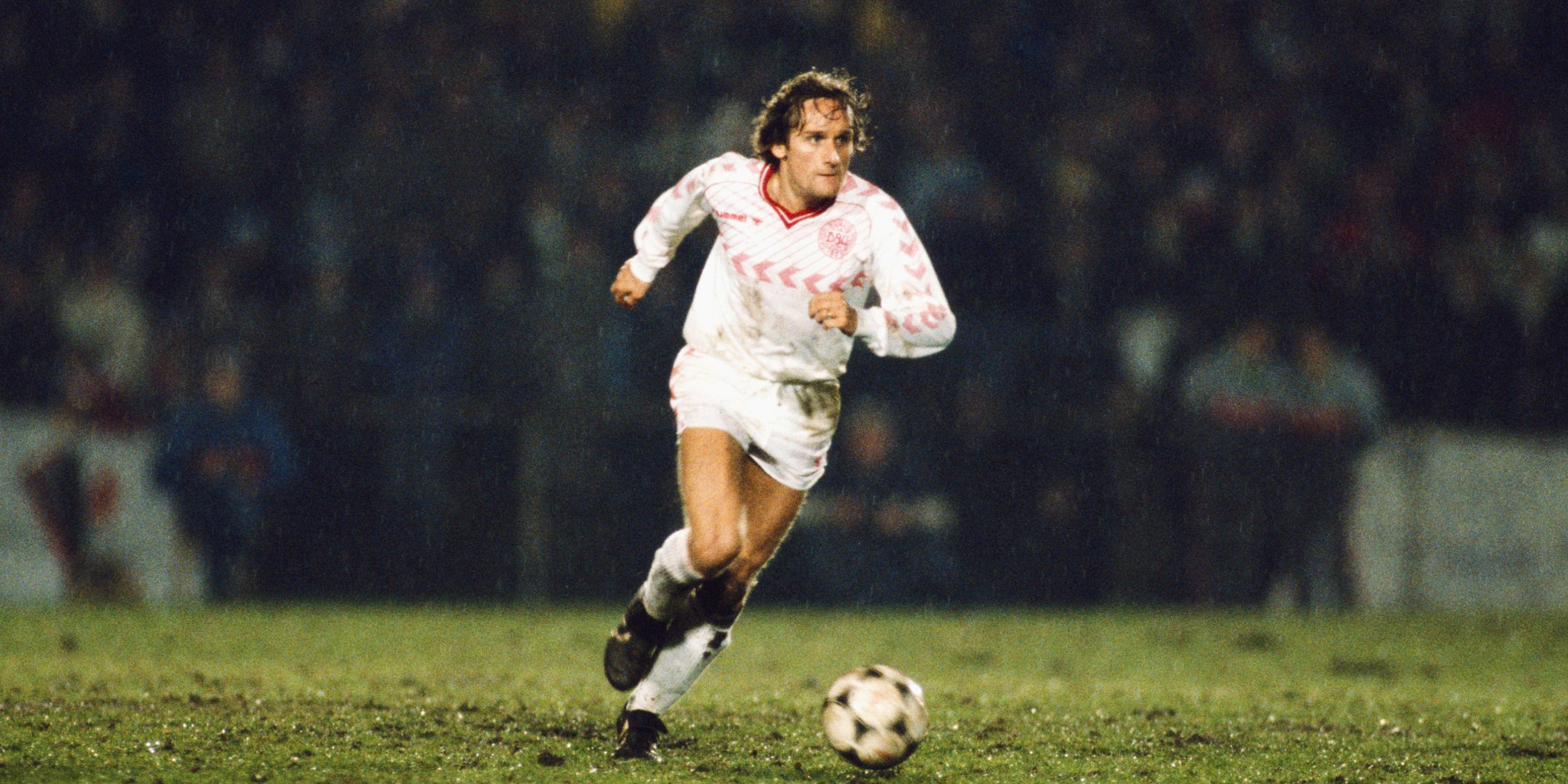Allan Simonsen’s career path is about as far from conventional as it gets. The Danish legend is a Ballon d’Or winner who lit up the football world with his goalscoring prowess in the late 70s and early 80s with Borussia Monchengladbach and Barcelona.
However, his next move was to Charlton Athletic, then in England’s second tier—a transfer that is no doubt one of the most bizarre in football history. Here is a look at the Dane’s remarkable move and how it came about.

The Ballon d’Or has been around for over 50 years. We look at where its lucrative status came from.
Ballon d’Or and Barcelona
Simonsen enjoyed great success in Germany and Spain
In 1972, Simonsen—still yet to turn 20—swapped his boyhood club Vejle BK for a move to Borussia Monchengladbach, who were then the defending Bundesliga champions.
The Dane got off to a slow start in Germany but finally broke into the side in his third campaign and his star rocketed from there. Three successive German top-flight titles followed, as well as a DFB-Pokal, a DFL-Supercup and two UEFA Cups.
However, the 1976/77 season was surely the pinnacle of his career. After helping Gladbach win their third Bundesliga crown in a row and reach the final of the European Cup, Simonsen scored a spectacular equaliser, but the team eventually lost 3-1 to Liverpool. Simonsen won the Ballon d’Or and was crowned the best player in Europe, edging out both Kevin Keegan and Michel Platini for the award. Keegan would go on to win in each of the next two years but was denied three successive gongs by Simonsen.
That individual acclaim did not go unnoticed elsewhere on the continent and, in 1979, the striker joined Barcelona after running down his contract and went on to lift the Copa del Rey and the UEFA Cup Winners’ Cup in his three seasons with the Catalan giants.
Swapping the Nou Camp for The Valley
Arguably the most bizarre transfer in football history
Simonsen’s time at Barcelona was not all rosy, however. The arrival of all-time great Diego Maradona in 1982 saw Simonsen shunted down the pecking order. Though he and the Argentina star did not occupy the same position, Spanish football rules allowed clubs to name a maximum of two foreign players in their starting line-ups, meaning Simonsen was forced to compete with Maradona and German superstar Bernd Schuster, resulting in a dramatic downturn in playing time.
Understandably unhappy at his situation, Simonsen sought a move away from the Nou Camp. There was interest from Barcelona’s eternal La Liga rivals Real Madrid, as well as English top-flight outfit Tottenham Hotspur – yet the striker opted to move to Charlton, who were in the English Second Division, instead. It was a move that shocked the footballing world and seemed like the unlikeliest of coups for the Addicks.
In an interview in 2013, Simonsen explained his decision to choose Charlton over the more illustrious clubs that expressed interest, saying:
“I was very stressed in my time at Barcelona, so I needed to calm down with my family and have more time with them. “I had heard a lot of good things about Charlton at that time and Mr Hulyer, who was the chairman, wanted to build a new team around me as well. I thought it was a very good chance to try something completely new; that’s why I chose Charlton.”
Charlton Nightmare and Financial Ruin
The Addicks could not afford Simonsen
Charlton, motivated by the understandable logic that signing a former Ballon d’Or winner—or any player of requisite quality to start for a club like Barcelona—jumped at the chance to acquire Simonsen.
However, the club overreached financially with his transfer. On top of the £300k fee paid to Barcelona came the wages associated with a superstar, and the Addicks could not cope. There had been hope that the acquisition of such a famous player would generate additional income through increased ticket sales, but Simonsen played just 16 times, scoring nine goals, before returning to boyhood club Vejle BK after Charlton failed to pay his wages of £1,300 per week.
Charlton’s financial irresponsibility had further repercussions as the club’s debts continued to mount, preventing them from paying for the refurbishment works necessary on their stadium after it had to be closed due to safety concerns. They were not allowed to re-open without renovating and were subsequently forced to ground-share with West Ham United and Crystal Palace for the best part of a decade before eventually returning home to The Valley in 1992.






















